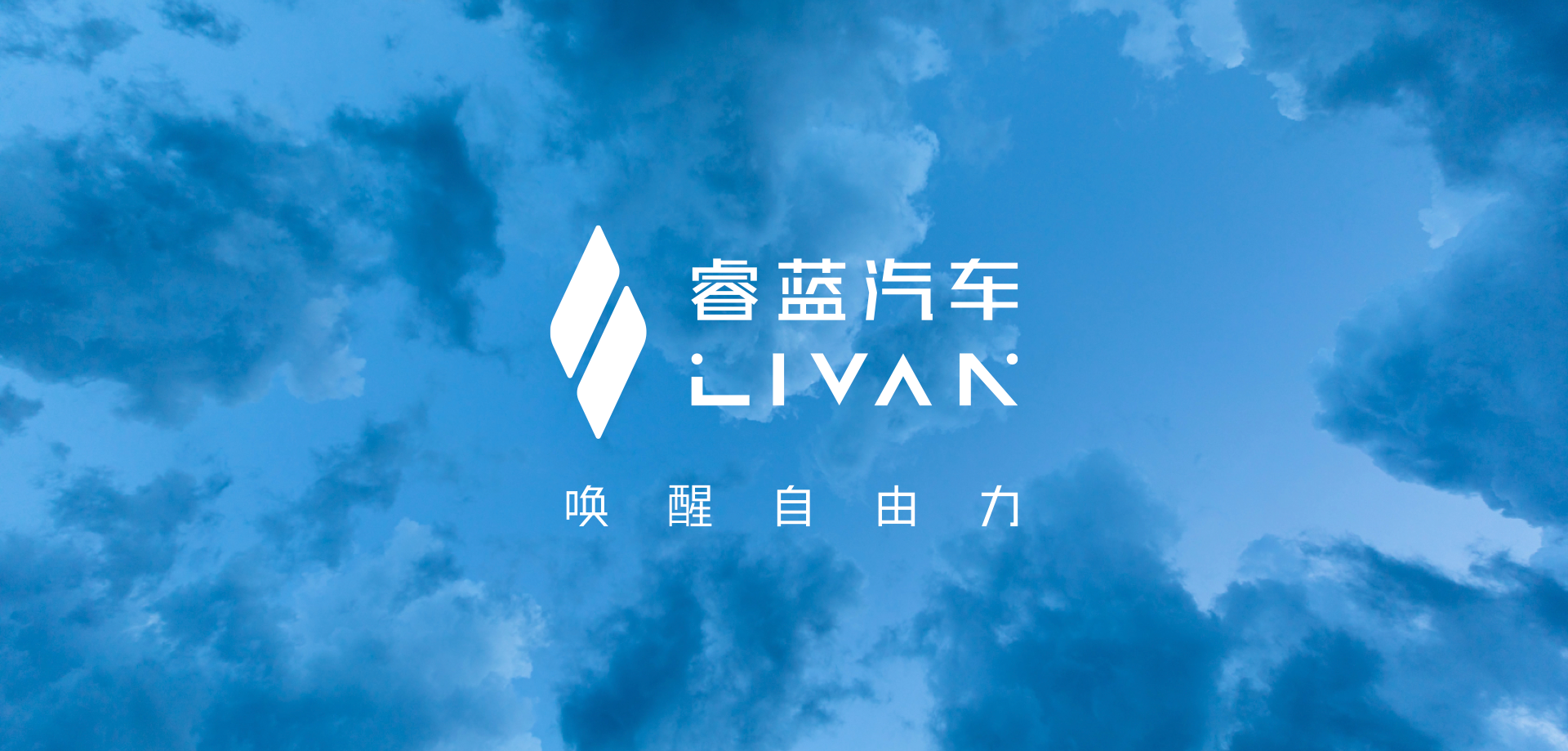On June 21st, the Rui Blue brand held its first online launch event.
Who is Rui Blue?
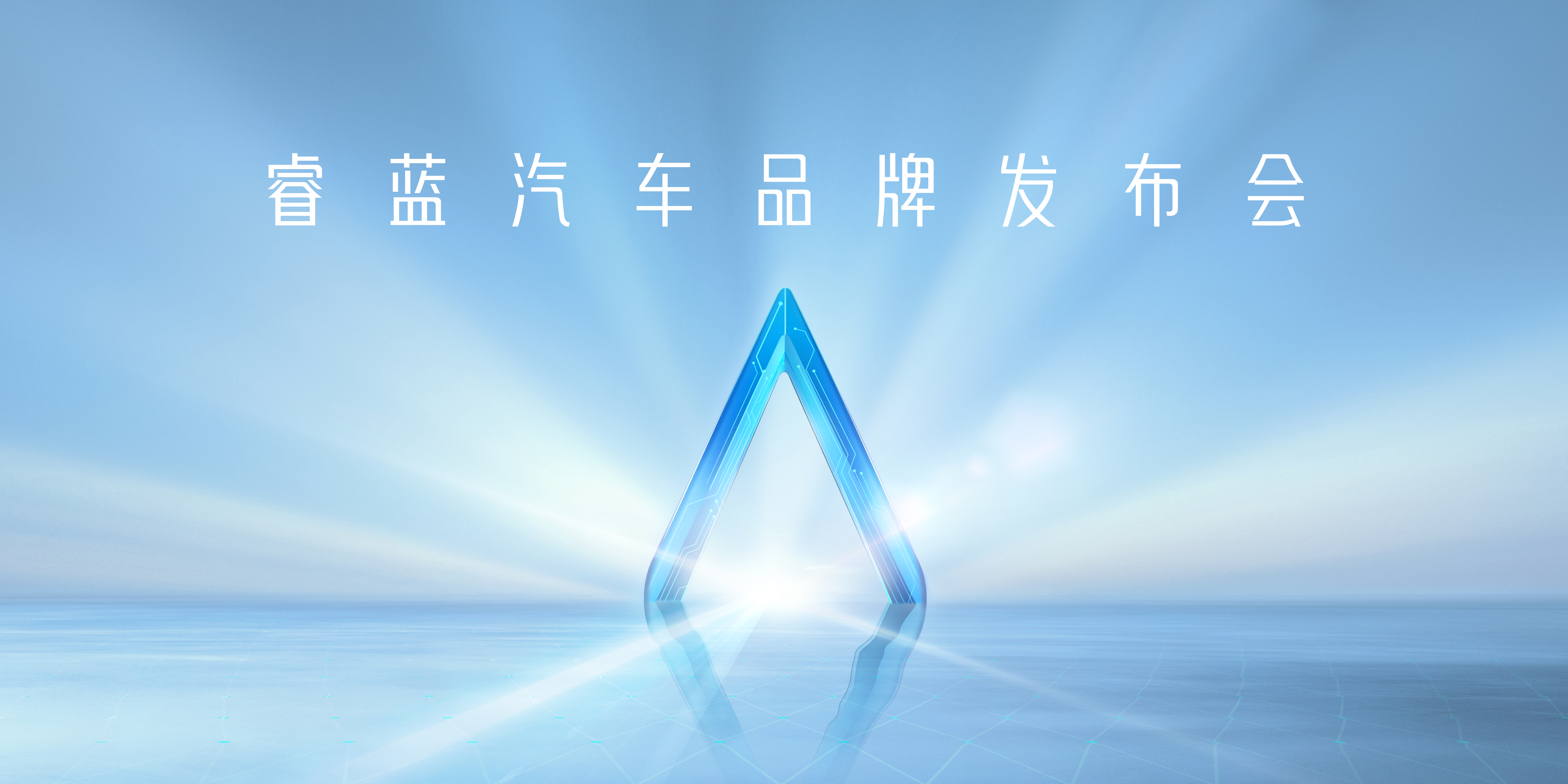
Many people may not know that Rui Blue Automobile was officially established on January 24, 2022, and settled in Liangjiang New Area, Chongqing City. It is a joint venture between Geely Automobile Holding Co., Ltd. and Lifan Technology (Group) Co., Ltd., investing together to form a joint venture automobile company.
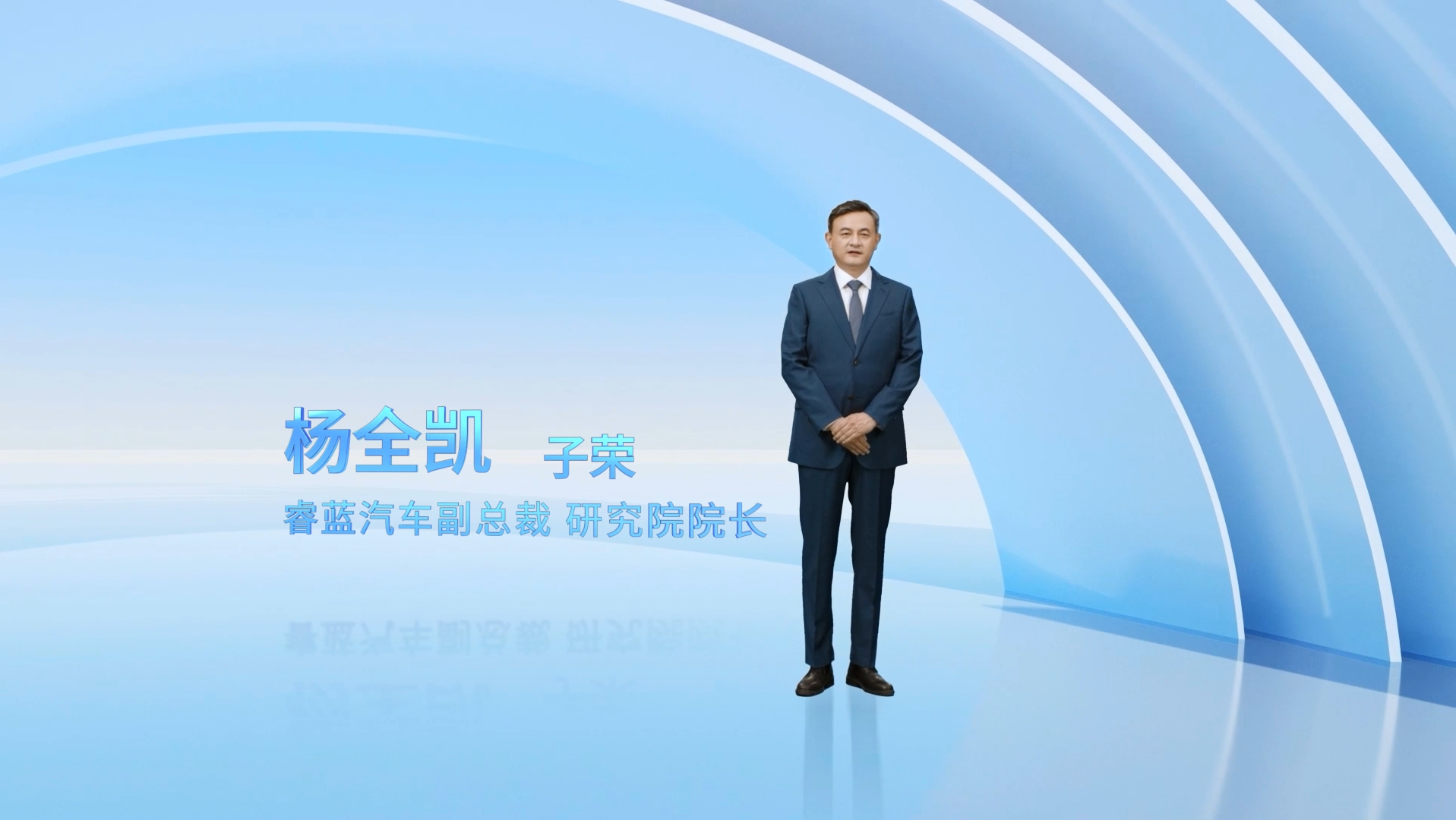
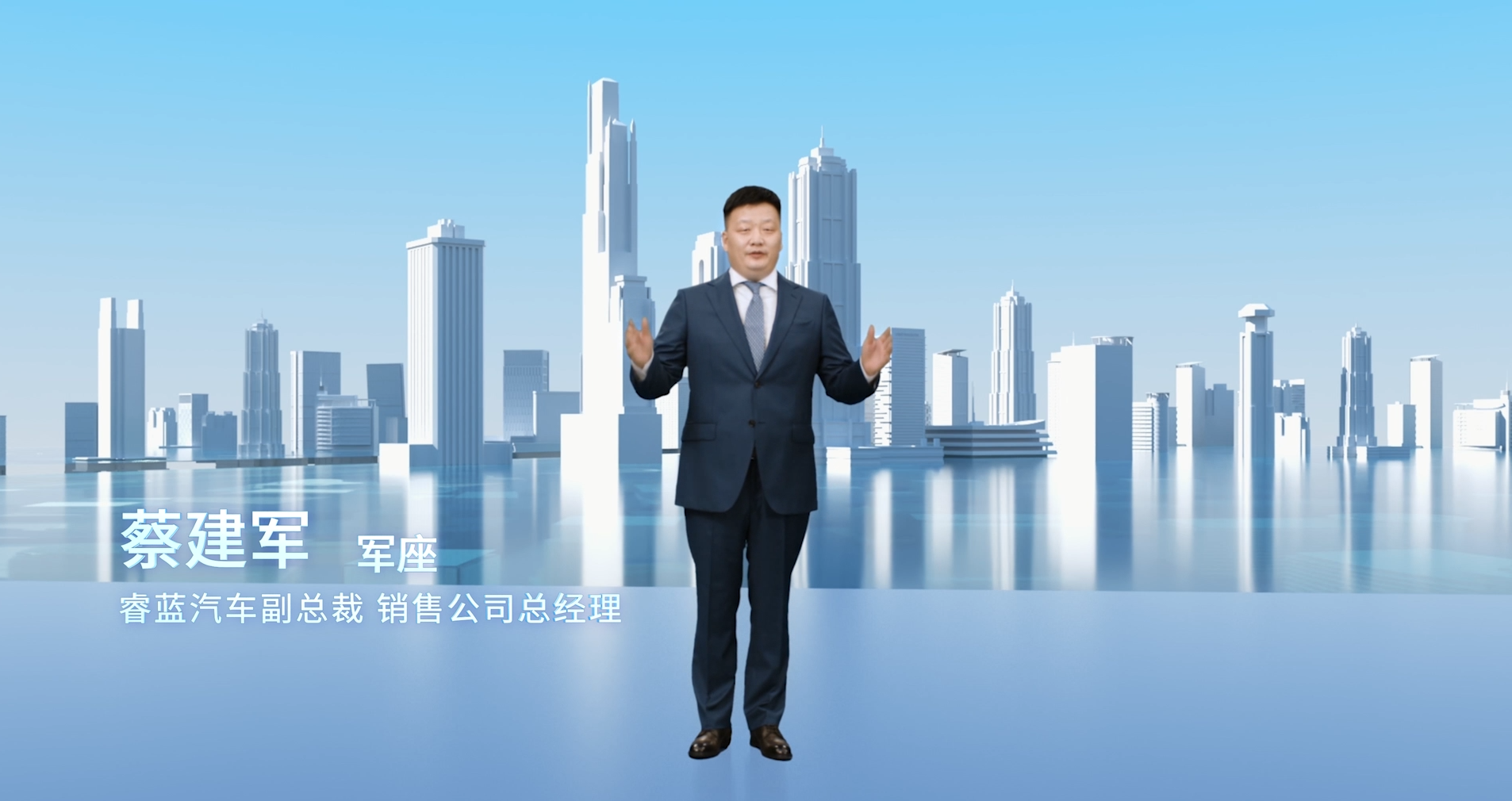
The birth of the Rui Blue brand can be traced back to October 2021 when Geely Automobile Group CEO An Conghui first proposed to launch a new “battery-swapping travel brand” at the “Smart Geely 2025” strategy release conference. Then, in December 2021, Geely Automobile and Lifan Technology jointly announced that they will each invest 300 million yuan to establish a joint venture company. On February 22, 2022, Rui Blue Automobile held its first board of directors meeting, electing Lou Yuanfa as Chairman and CEO of Rui Blue Automobile, Zhou Qiang as CFO, Yang Quankai, Zhou Zongcheng, and Cai Jianjun as Vice Presidents.
Rui Blue’s goal is to become a “popularizer of light travel with battery-swapping”, and currently has four manufacturing bases in Qiantang, Jinan, Chongqing, and Guiyang.
On February 23, 2022, the Rui Blue Maple Leaf 60S was officially launched, with two models, Easy Ride and Prime Ride, focusing on the B-end operating market. At present, the Rui Blue brand has received a large number of B-end orders:
-
On April 13, Rui Blue Automobile and Caocao Travel officially signed a long-term strategic cooperation agreement. In the next few years, Caocao Travel will purchase a large number of customized cars produced by Rui Blue for investment in the sharing travel field;
-
On May 27, the Rui Blue Maple Leaf 60S and Rui Blue Maple Leaf 80V taxi tasting event was successfully held in Chongqing. 14 Chongqing taxi operation companies placed orders for 832 Rui Blue cars on-site for use in the Chongqing taxi market.
Why battery swapping?
-
The domestic new energy market is booming.The data released by China Association of Automobile Manufacturers showed that in the first quarter of this year, the production and sales of new energy vehicles in China were 1.293 million and 1.257 million, respectively, both doubling from the same period last year, and the market share reached 19.3%. “Roadmap 2.0 for Energy Conservation and New Energy Vehicles” proposed that the penetration rate of new energy vehicles by 2025 should be 20%. If the high growth trend continues, the target of 20% penetration rate of new energy vehicles may be achieved earlier. The development of the entire new energy market is extremely rapid.
-
Government policy support;
1) In April 2020, the Ministry of Finance, the Ministry of Industry and Information Technology, the Ministry of Science and Technology, and the National Development and Reform Commission jointly issued a notice on improving the financial subsidy policy for promoting the application of new energy vehicles. The notice mentioned twice to support and encourage the development of new business models such as separation of electric vehicles and batteries and battery swapping.
2) In November 2020, the government confirmed the equal status of battery swapping and charging in the “Development Plan for the New Energy Vehicle Industry (2021-2035)”.
3) In October 2021, the Ministry of Industry and Information Technology launched a pilot project for the application of the new energy vehicle battery swapping mode, including eight cities such as Beijing, Nanjing, and Wuhan.
4) On January 21, 2022, ten departments including the National Development and Reform Commission issued an implementation plan on further improving the service guarantee ability of electric vehicle charging infrastructure. The plan proposed to support the construction of dedicated battery swapping stations around mining areas, ports, and urban transportation hubs, accelerate the exploration and promotion of electric vehicle battery separation mode, promote the electrification transformation of heavy-duty trucks and internal port tractors, etc. Explorer the shared battery swapping mode in fields such as rental and logistics transportation, and optimize and improve the shared battery swapping service.
5) On March 18, 2022, the Ministry of Industry and Information Technology issued a working plan for automobile standardization in 2022, proposing to “accelerate the construction of a complete electric vehicle charging and swapping standard system, promote the development of standards for pure electric vehicle battery swapping systems, battery swapping platforms, and battery packs”, laying an important policy foundation for the large-scale development of the battery swapping industry.
- Pain points for consumers;
Currently, the new energy vehicle market has entered a period of rapid development from the previous dominant operation vehicles to private car purchases. However, accompanying problems are also becoming increasingly prominent. Overall, slow charging, difficult charging, and high car prices are the three major pain points for consumers.
Product plan of Rui blue
Currently, Rui Blue has launched two battery-swapping models, Rui Blue Maple Leaf 80V and Rui Blue Maple Leaf 60S, and vigorously promoted 60-second ultra-fast battery swapping. In just over five months since its establishment, it has achieved cooperation with 200 channel partners. It is expected that by the end of this year, the number of Rui Blue battery swapping stations in the Rui Blue ecosystem will exceed 200, covering 23 cities.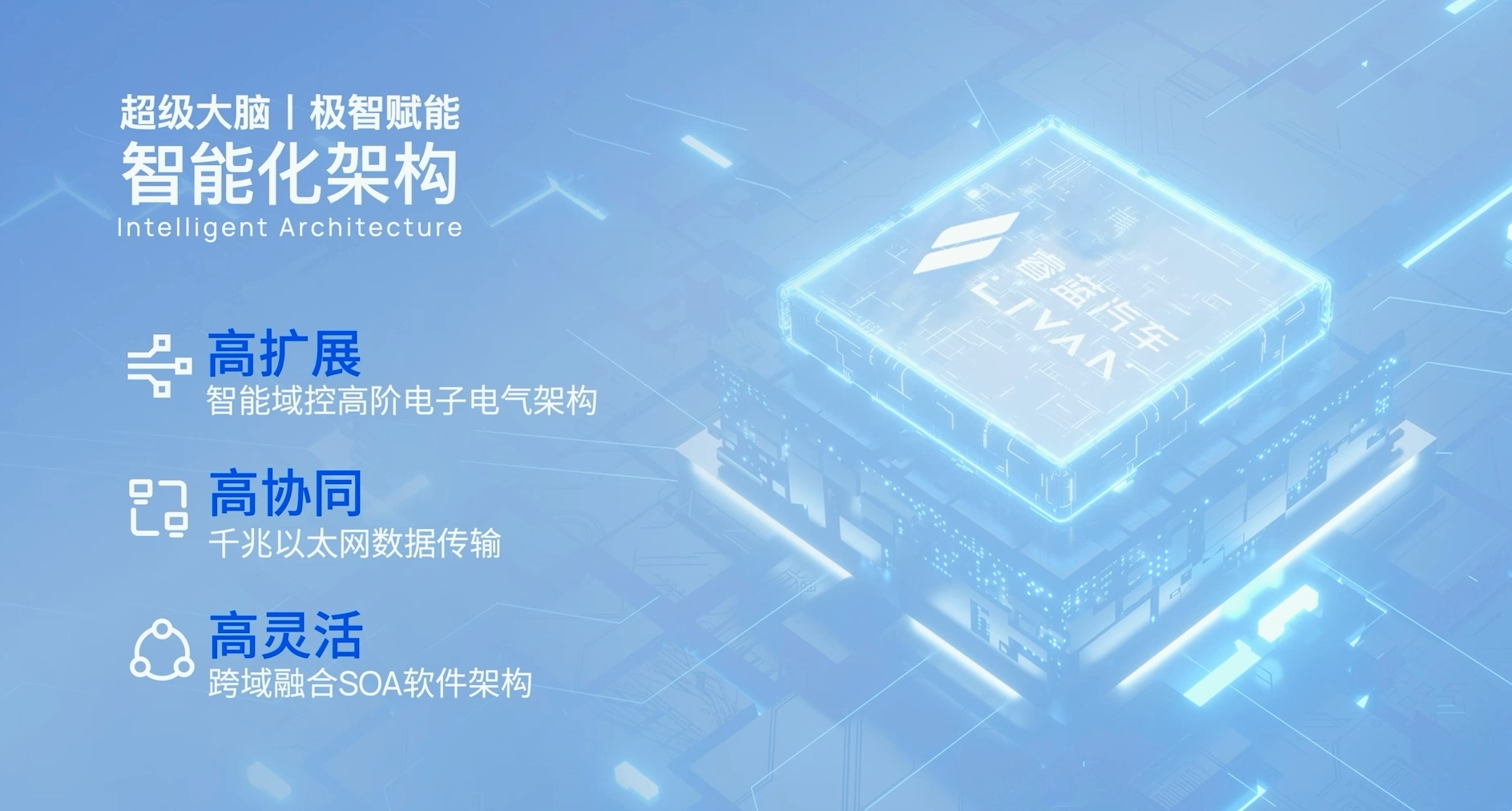
Rui Blue Automotive has launched the GBRC Crystal Architecture, which is a full-stack technical architecture covering the entire vehicle technology platform, battery swapping and energy supplement platform, and big data cloud platform, and the platform standards are open to the entire industry.
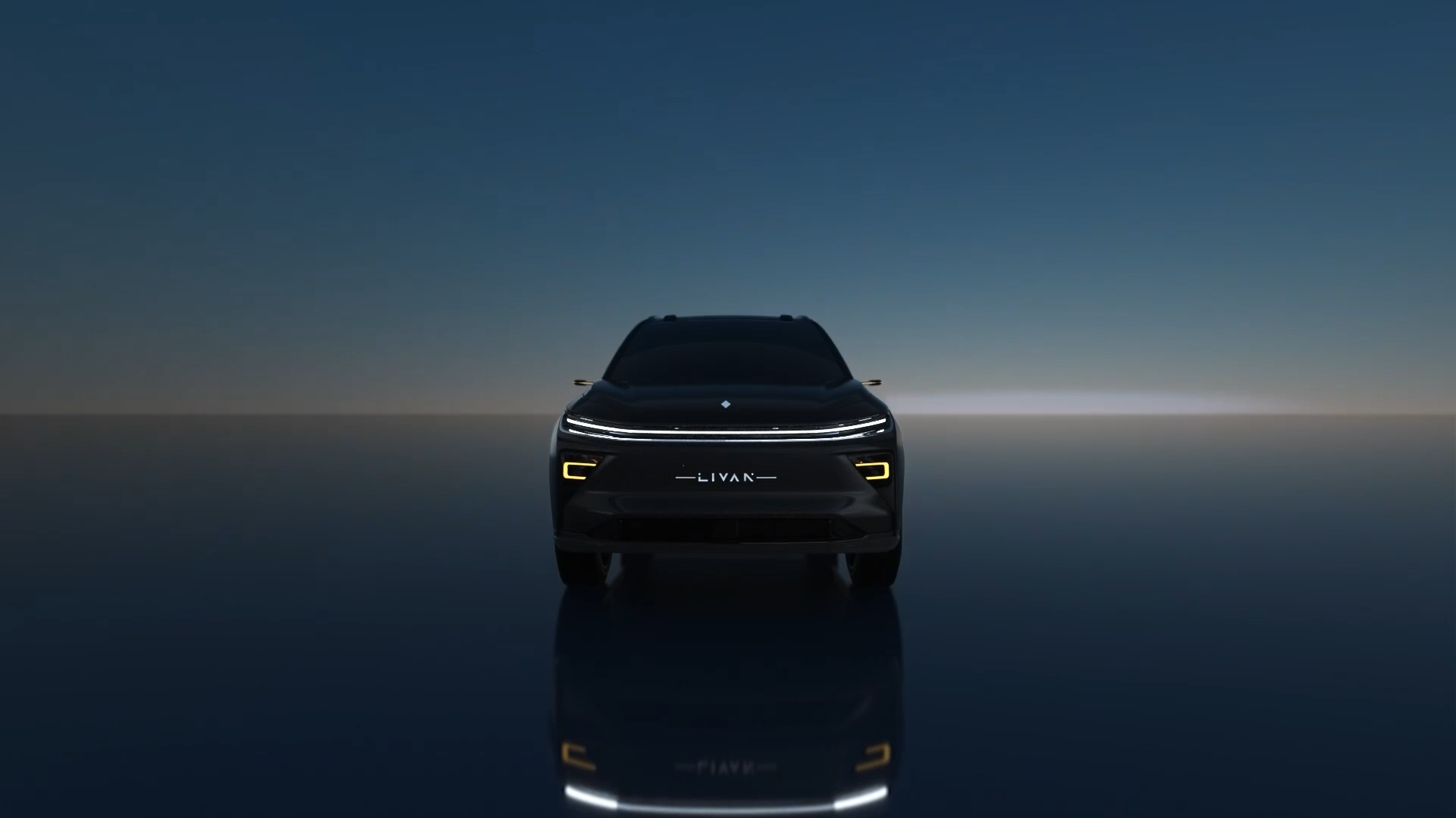
The first A-level Coupe SUV under the Crystal Architecture, Rui Blue 7, is planned to be officially launched in the first half of 2023.
-
Free combination of front-wheel drive, rear-wheel drive and four-wheel drive, realizing the maximum acceleration of 4.9 seconds per hundred kilometers;
-
Wind resistance coefficient of 0.24;
-
CLTC range of 550-750 kilometers;
-
Large-area AR-HUD, which can realize navigation, virtual assistant, real-time road and surrounding environmental information;
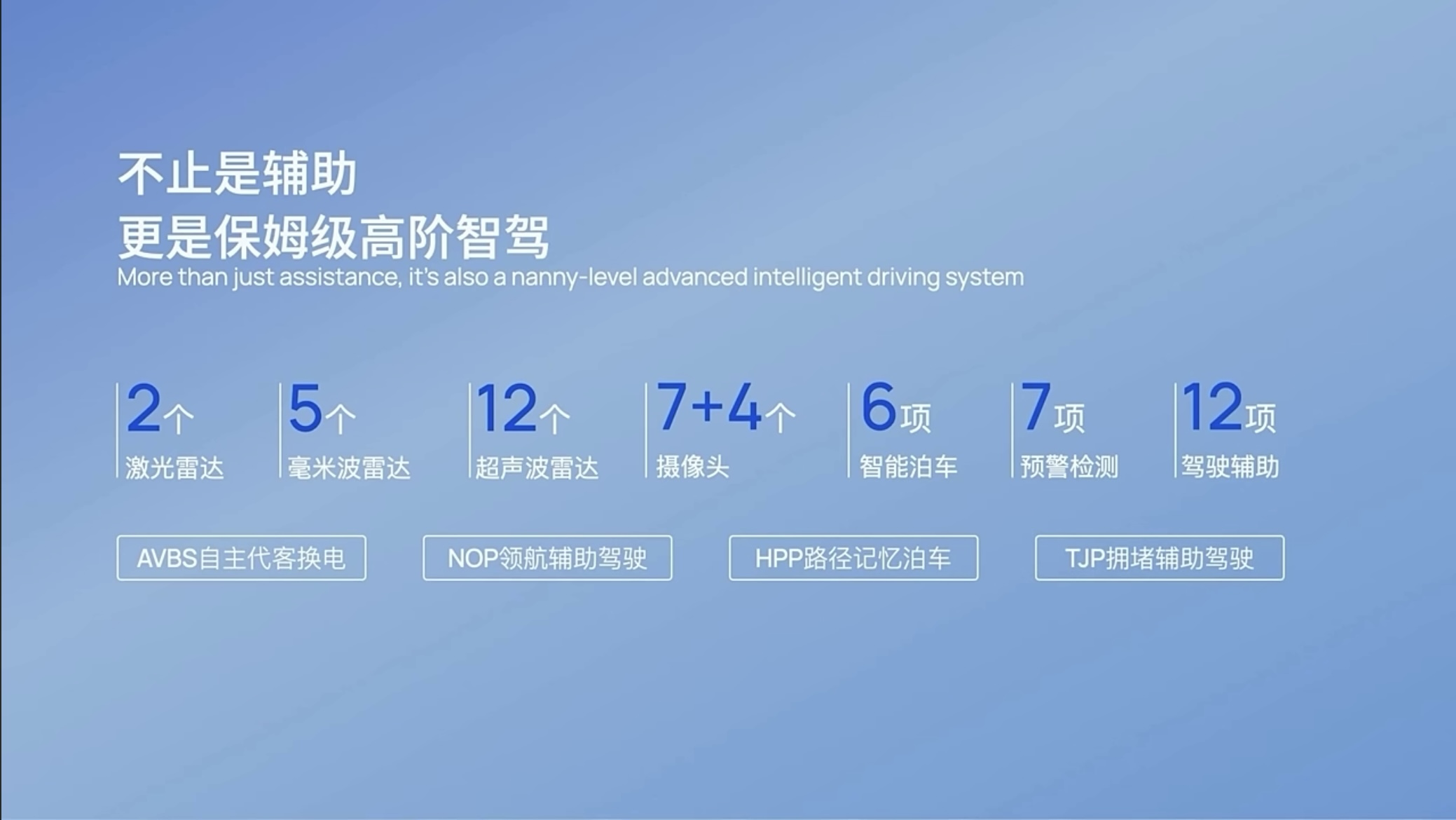
- In terms of assisted driving, it is equipped with two lidar sensors, as well as cameras, millimeter waves, and ultrasonic waves, which can realize AVBS parking and NOP navigation functions.
From 2022 to 2024, Rui Blue plans to import at least two battery-swapping models every year. During the upcoming 2022 Chongqing Auto Show, three battery-swapping models under Rui Blue Automotive, Rui Blue Maple Leaf 80v PRO, Rui Blue 9, and Rui Blue 7 concept car, will make their first physical appearances. Among them, Rui Blue Maple Leaf 80v PRO will start pre-sales and Rui Blue 9 will start blind bookings at the same time.
This article is a translation by ChatGPT of a Chinese report from 42HOW. If you have any questions about it, please email bd@42how.com.
